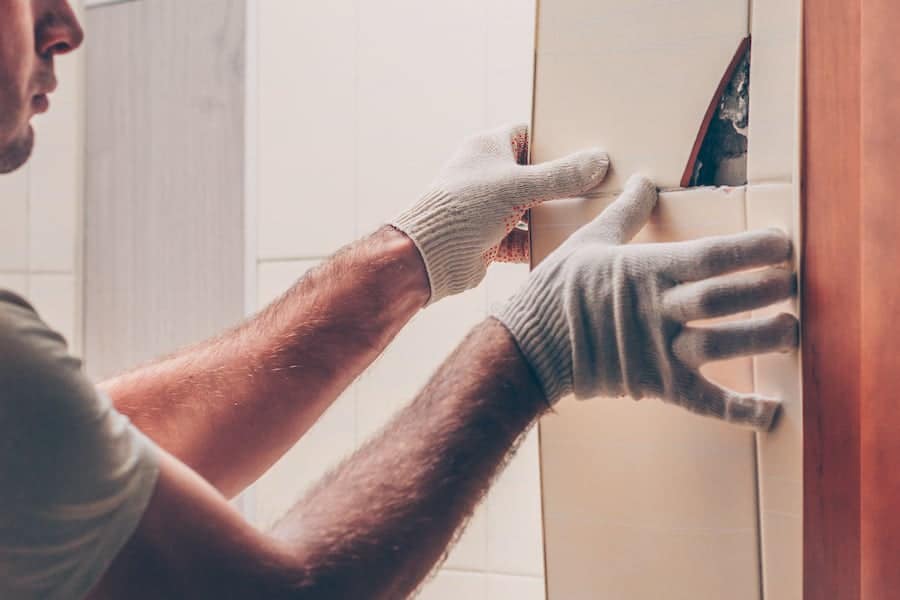Depending where in Texas your property is located, summers can be a hot-and-humid affair or extremely dry. If you own or manage property in an area experiencing droughts during the summer, it’s important to understand dry weather can cause serious damage to your foundation. Commercial foundation repairs and inspections during the summer months are the best methods for preventing additional damage and more costly repairs down the road.
What Causes Dry Weather Foundation Problems
During dry seasons, soils can quickly lose their moisture. As moisture leaves, the soil around the foundation contracts, especially in dryer areas of Texas such as Austin and Dallas. This causes the property’s foundation to shift. Since the soil under the foundation of your property dries at a different rate than the soil around your property, the foundation will shift unevenly, which can cause cracking, buckling, and deterioration.
It may not be obvious at first, but the signs of foundation damage will eventually appear and may include:
- Cracks in interior and exterior walls
- Uneven, buckling flooring
- Plumbing issues
- Doors and windows that jam
- Broken tiles and grout popping
If you own property in a dryer region of Texas, here are tips for identifying and preventing dry weather foundation problems from getting worse.

Identifying Foundation Issues For Your Property Type
Multi-Family Apartments and Condos
The first step to protecting your residents and property value is to adjust your irrigation systems to a summer setting. Ideally, you should keep the moisture level of the soil around your property at a consistent level year-round. The amount of watering necessary will be unique to your property and can be determined by using a soil moisture meter. If you don’t have automated sprinklers, work with residents and your property managers to educate them on how frequently the surrounding landscape should be watered.
Encourage your residents to notify you, if they witness any of the following signs of foundation issues.
- Plumbing issues in their residence
- Cracks inside or around the property
- Jammed doors and windows
- Pavement cracks or uneven sidewalks
Spotting a problem and addressing it quickly will help minimize the cost of repair.
Office and Retail Centers
Owning a multi-tenant commercial property means working around many different requirements and schedules. The more you can limit the number of repairs, the better. When inspecting your property for the signs listed above, check with all your tenants and encourage them to have employees keep a watchful eye for foundation issue signs, as well.
One way to protect against dry-weather foundation problems is to ensure the landscaping around your commercial property is conducive to moisture absorption. Trees and shrubs compete with your foundation for moisture, so one solution is to install root barriers between surrounding trees and your property. Our experts recommend the following guidelines for planting trees near your commercial property:
- Small trees (up to 30 feet tall): 8 to10 feet from the property
- Medium trees (30-70 feet tall): at least 15 feet from the property
- Large trees (larger than 70 feet): at least 20 feet away from the property

Manufacturing and Warehouses
Foundation problems from dry weather are often more difficult to spot in a warehouse environment. Aesthetic details may go overlooked, as customers don’t visit these facilities often. Many warehouse operators may not be concerned with a small crack in the floor or slightly uneven wall. There is a chance these issues will get worse with time, if not evaluated by a professional. Alert your tenants to have all employees on the lookout for any signs of foundation damage, such as:
- Cracks in exterior warehouse walls
- Cracks in interior offices and hallways
- Uneven flooring and tilted machinery
- Jutting floors catching vehicles, i.e., forklifts
- Jammed office doors
- Plumbing issues
Hospitals, Universities, and Retirement Centers
Hospitals and university owners have a lot of ground to cover when it comes to preventing foundation issues. Most locations have large campuses comprised of multiple buildings, so spotting foundation issues is not an easy task. The following actions will help you tackle issues before they become a financial drain.
- Addressing plumbing/HVAC/electrical issues: If staff, patients or students report issues with electricity, plumbing or air conditioning in a specific building, this can help narrow your search down to one location. These issues aren’t necessarily caused by foundation problems, but in combination with other signs – such as interior cracks, uneven floors and sticky doors – they can indicate a foundation problem.
- Exterior drive-by: You can’t be expected to walk down every single hallway and corridor looking for cracks, so try to narrow your search by starting outdoors. Assess the exterior of all buildings, looking for cracks in the walls or in the sidewalk.
- Speak with janitorial staff: On large campuses, the janitorial team generally splits assignments of duties per the building(s) they manage. As they usually have the most access to buildings and facilities, they are in the ideal place to spot any foundation issues. Speak with the janitorial team or with the institution’s executive team to ensure facility team members keep a watchful eye for signs such as wall and ceiling cracks, uneven flooring, and sticky doors and windows.
Perma Pier No-Cost Foundation Evaluation
If you find evidence of foundation damage on your property, Perma Pier Foundation Repair of Texas can help. With over 20 years of commercial property and residential foundation repair and evaluation experience, our team will create a unique plan of repair to address your foundation problems without affecting your tenants or hours of operation. Schedule a no-cost evaluation with one of our foundation experts today.


